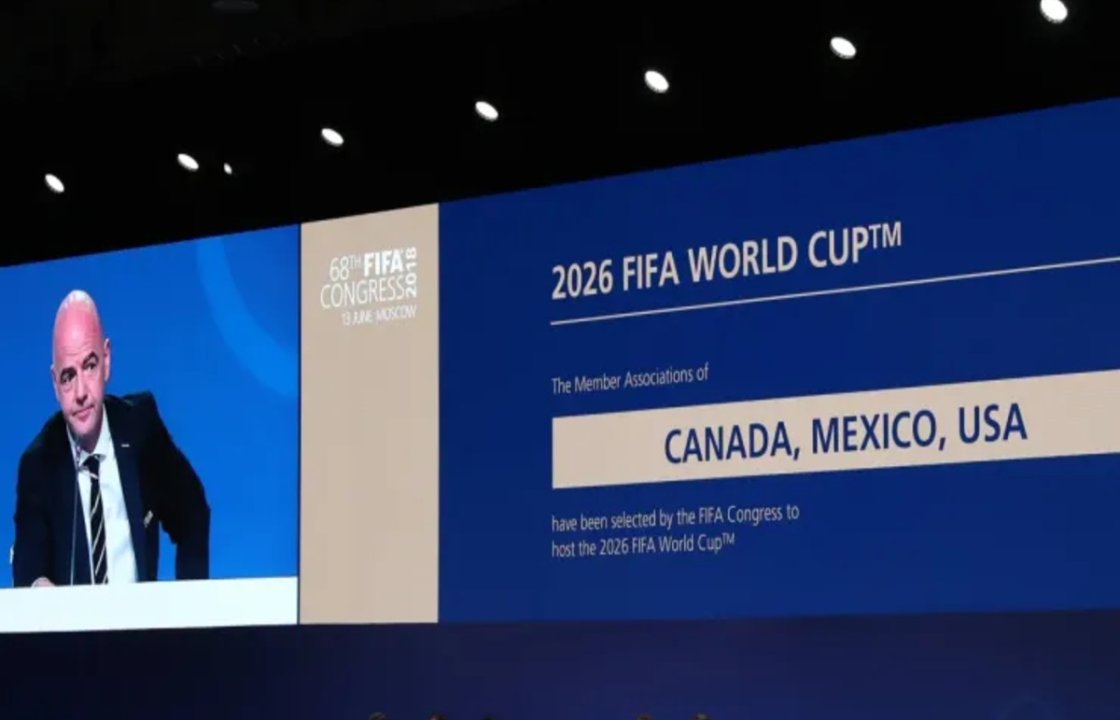A new era is dawning for the U.S. Men’s National Soccer Team, as the country places its biggest bet yet on building a world-class squad.
A Turning Point in American Soccer History
For decades, the United States was seen as an outsider in the world of international soccer. While other sports like American football, basketball, and baseball dominated the national conversation, soccer was often left in the shadows. However, that narrative has changed dramatically in the last few years. The U.S. is no longer satisfied with simply participating in the FIFA World Cup—it’s now aiming to compete at the highest level.
The shift in mindset is clear. With a young, dynamic core of players, a strategic investment in player development, and a long-term vision aimed at climbing the FIFA rankings, the USA is preparing to be a true contender on the global stage.
Golden Generation: The New Wave of American Talent
Perhaps the biggest factor driving this change is the emergence of a golden generation of American players who are making waves at some of Europe’s biggest clubs. Stars like Christian Pulisic (AC Milan), Weston McKennie (Juventus), Giovanni Reyna (Nottingham Forest, on loan from Dortmund), Tyler Adams (Bournemouth), and Timothy Weah (Juventus) are gaining valuable experience in the most competitive leagues in the world.
These players are no longer just filling rosters—they're key contributors. Their presence in top-tier teams has elevated the international reputation of American soccer and brought a level of tactical and technical sophistication previously lacking in U.S. squads.
This influx of talent is supported by a new generation of coaches and a more globalized soccer culture in the country. The U.S. Soccer Federation has made it clear: the future is now, and it will be built by players who can compete with the very best.

A Tactical Revolution Underway
A significant part of the U.S. men’s soccer resurgence can be attributed to a tactical evolution. Gone are the days of relying purely on athleticism and work rate. The current team emphasizes pressing, possession, and positional flexibility—a modern brand of soccer that aligns more closely with the styles seen in Europe and South America.
Under head coach Gregg Berhalter, the national team has adopted a more structured system that seeks to control matches, rather than react to opponents. This system has shown promise, especially in recent CONCACAF Nations League and Gold Cup performances. The players are more confident on the ball, more willing to take risks, and more comfortable in high-pressure situations.
What’s more, the U.S. now has depth—a luxury it rarely enjoyed in the past. Even if top players are unavailable, the next man up can step in without a massive drop in quality. That’s a hallmark of a serious soccer nation.
Climbing the Rankings: A Visible Rise
The results are starting to show. The United States has been steadily climbing the FIFA World Rankings, signaling its growing competitiveness. While still outside the traditional top-tier elite, the U.S. is now being taken seriously as a top-15 team globally, depending on current form and tournament outcomes.
The most recent FIFA rankings have placed the U.S. in a favorable position going into major international competitions. With this momentum, the goal isn’t just to qualify for tournaments—it’s to make deep runs, challenge the usual powerhouses, and establish a legacy of excellence.
The 2022 World Cup in Qatar provided a glimpse into what this team could become. The U.S. advanced to the Round of 16, putting in a solid performance against England in the group stage and showing that the talent is very real. But now, attention shifts toward even greater ambitions.
Eyes on 2026: A Defining Moment
The real litmus test will come in 2026, when the United States co-hosts the FIFA World Cup alongside Canada and Mexico. This will be a once-in-a-generation opportunity not only to showcase the sport domestically but to demonstrate the progress made on the pitch.
Hosting the tournament guarantees qualification, but the ambition goes beyond participation. The U.S. will be expected to reach the quarterfinals or beyond, something it hasn’t achieved since 2002. With a maturing squad, more experience in high-stakes matches, and the support of home crowds, that dream is very much within reach.
Furthermore, the 2026 World Cup is likely to be the stage where the current generation of stars hits their prime years. This combination of age, experience, and home-field advantage could create the perfect storm for a breakout performance.

Investing in the Future
Behind the scenes, there’s also been a major investment in soccer infrastructure. From the growth of MLS academies to the increasing number of youth players training overseas, the pipeline of talent has never looked stronger.
MLS itself has played a pivotal role. While initially viewed as a retirement league for international stars, the league is now developing young talent and selling players to European clubs. That’s a crucial step in aligning with the model seen in Brazil, Argentina, and other soccer powerhouses.
Additionally, the U.S. Soccer Federation is focused on diversity, inclusion, and accessibility, ensuring that soccer isn’t just for suburban communities but reaches every part of the country. This broader talent base will only improve the national team’s prospects in the years to come.
The Road Ahead
The momentum is real, but the journey is far from over. The U.S. Men’s National Team still needs to prove itself against the very best—teams like Brazil, France, Argentina, and Germany. Winning CONCACAF is important, but true credibility comes from beating the giants on the world stage.
Still, the pieces are falling into place. There’s a belief in the locker room, in the federation, and among fans that something special is happening. With strong leadership, smart planning, and continuous development, the U.S. could soon move from underdog to world-class contender.
The Dream is Within Reach
America’s bet on soccer is bold, strategic, and long overdue. The rise of the U.S. Men’s National Team is not just a trend—it’s a reflection of years of effort, smart investments, and a cultural shift in how the country views the beautiful game.
If the team continues on its current path, then by 2026, we may no longer be asking whether the U.S. belongs in the world’s top tier. Instead, we might be watching them challenge for the ultimate prize in soccer.
Training for the Future of Soccer
At SIA Academy, we are fully aligned with this growing momentum in American soccer. As the United States raises its standards and expectations on the international stage, we continue to welcome and develop players from across the U.S. who are looking to compete at the highest levels of the game. Our programs are designed to mirror the professional environments these players will face, emphasizing tactical intelligence, technical mastery, and mental preparation. By combining elite European training methodologies with a personalized development plan, we help players bridge the gap between potential and performance. Just as the U.S. Men's National Team is striving to make history, we at SIA Academy are proud to support that mission by nurturing the next generation of soccer stars from America.






